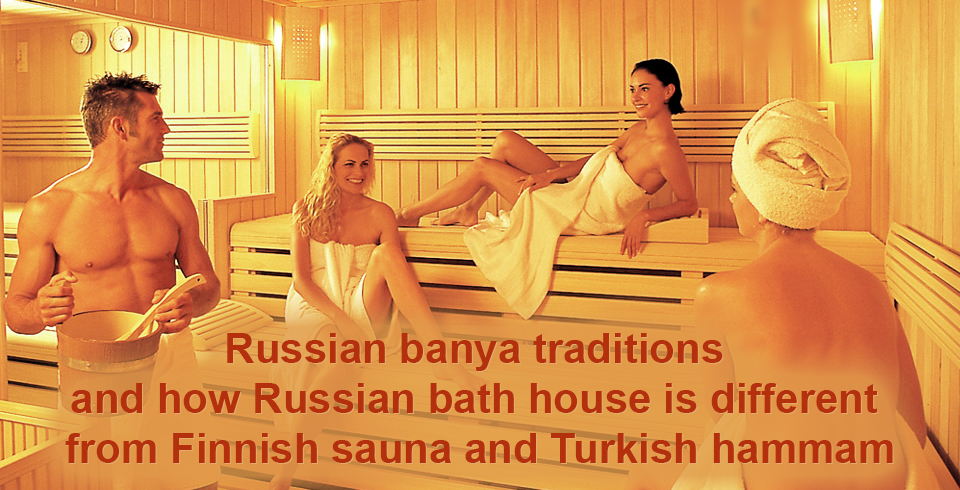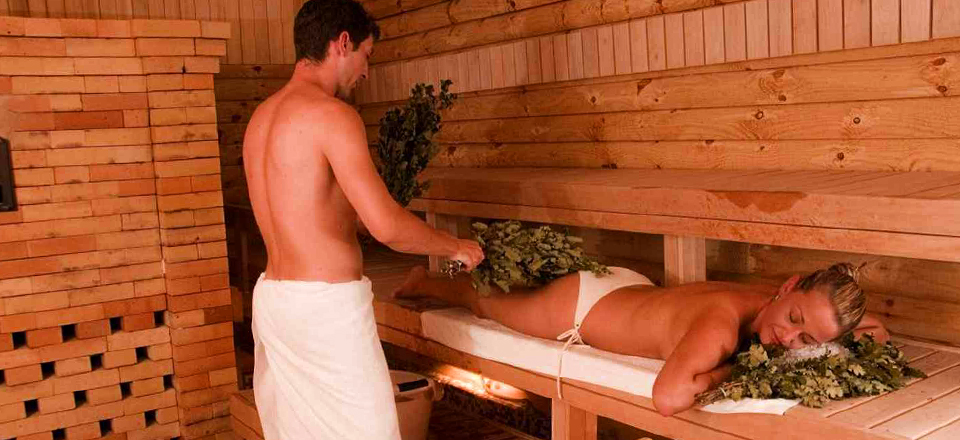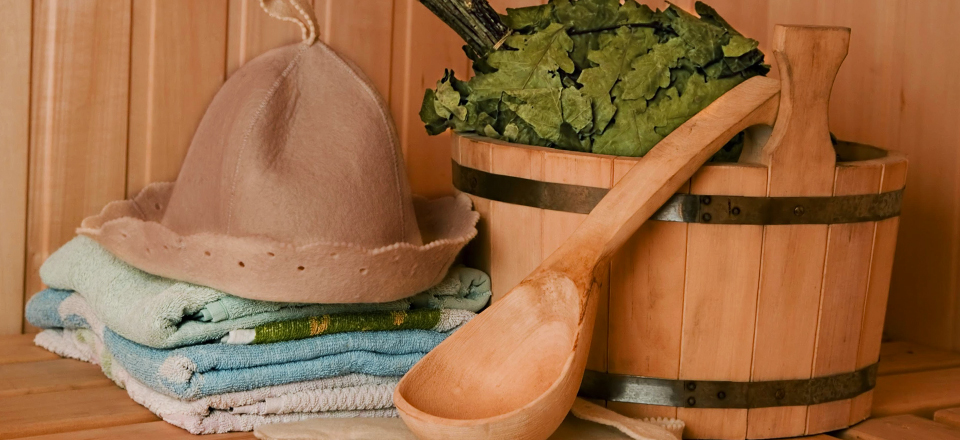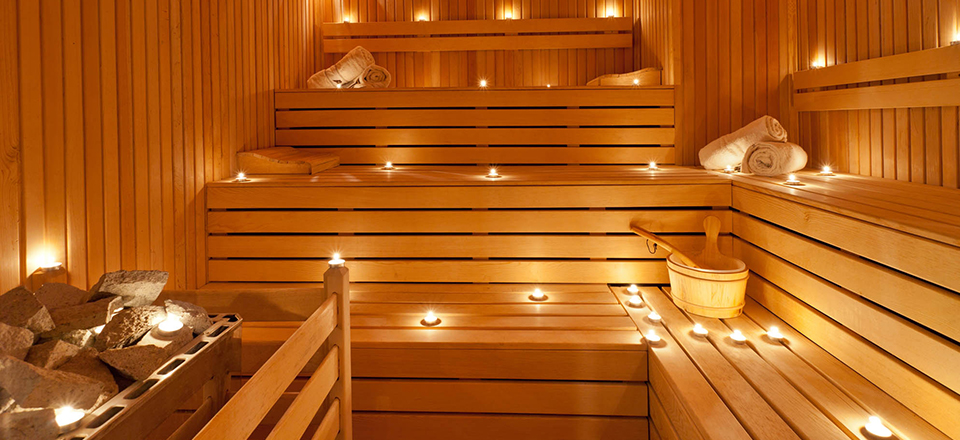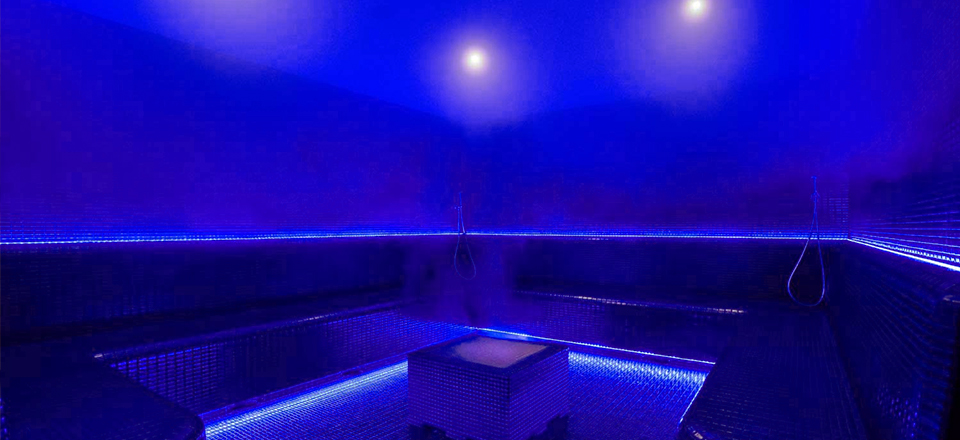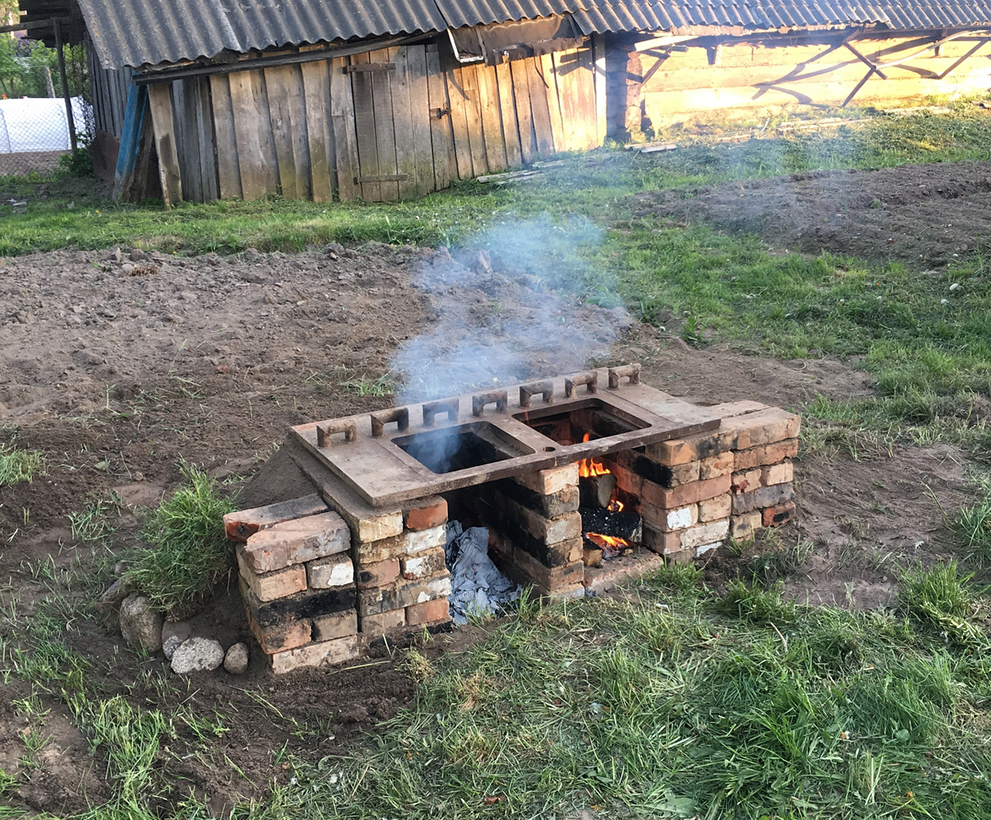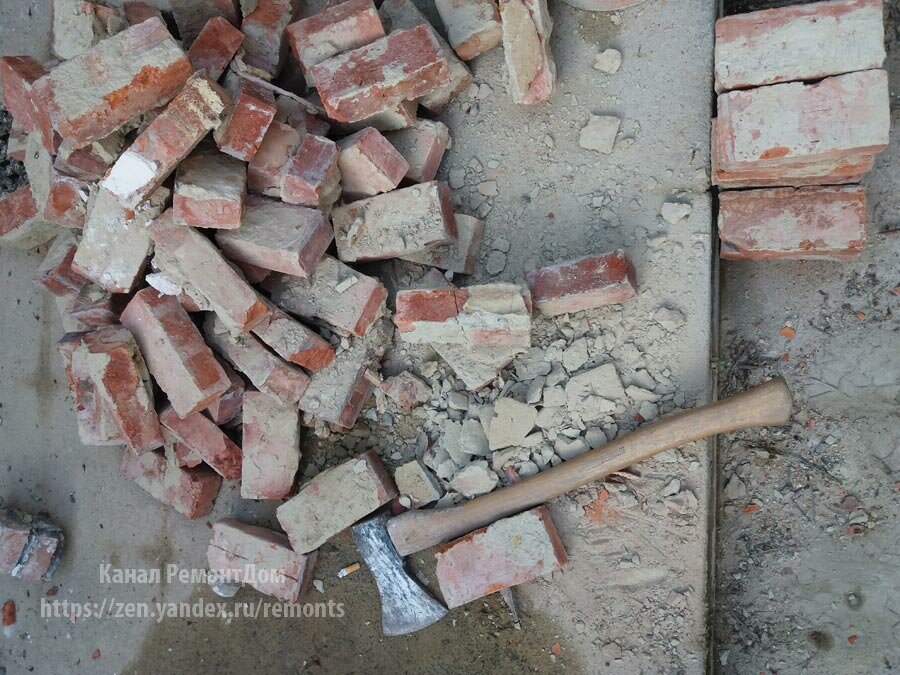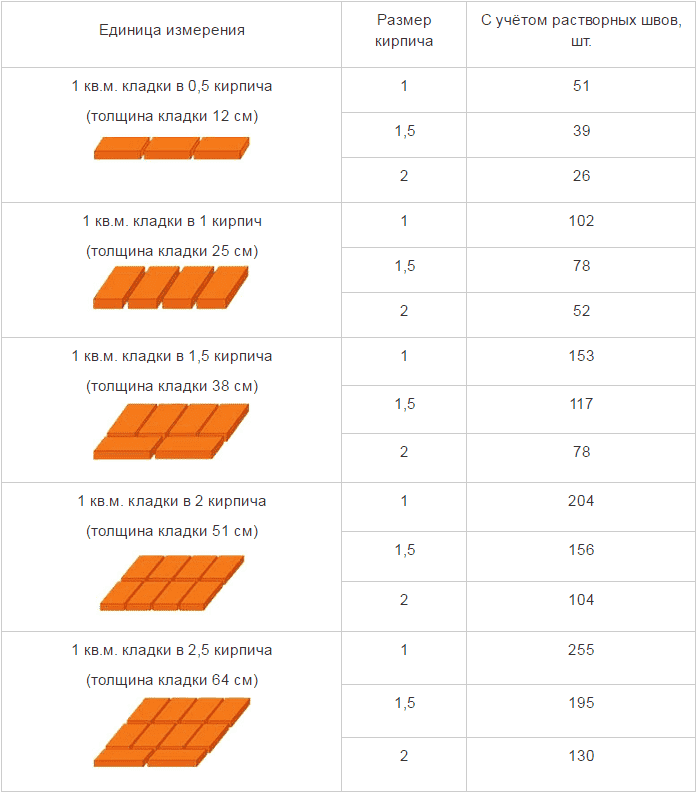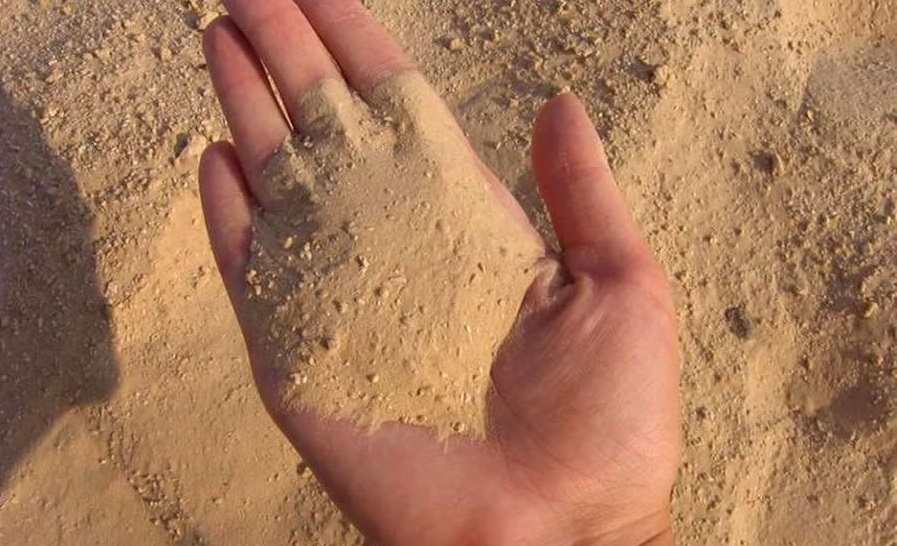- Русская баня russian bath holy nature
- Russian banya traditions and how Russian bath house is different from Finnish sauna and Turkish hammam
- What the banya is
- Russian banya
- How to go to banya
- What to remember while visiting banya
- Banya techniques
- Finnish bath (sauna)
- Turkish banya (hammam)
- Banya: Russian steam bath
- Russian banya traditions and how Russian bath house is different from Finnish sauna and Turkish hammam
- What the banya is
- Russian banya
- How to go to banya
- What to remember while visiting banya
- Banya techniques
- Finnish bath (sauna)
- Turkish banya (hammam)
Русская баня russian bath holy nature
Russian banya traditions and how Russian bath house is different from Finnish sauna and Turkish hammam
Banya is an extremely popular Russian tradition. It has already been popular since pre-Christian times and it is still popular today. So we are going to tell you about what a real Russian bath house is and what traditions are associated with it.
What the banya is
Speaking generally a banya is a room equipped for washing people with water, hot air and steam. Various types of baths have been known since ancient times. Roman baths were one of the most significant places in the capital of the Roman Empire. By the way, most likely, the Slavs borrowed the word “banya” from the Latin word “balneum” – “something that makes pain and sadness go away”. It is a most invigorating experience.
Russia, Finnish, and Turkish baths are the most popular nowadays.
Russian banya
Russian banya culture has old traditions a lot of which are still followed nowadays. The traditional Russian banya consists of three rooms:
In old times the banya was heated “black-way”. It means that there was no chimney but the smoke was going out through the door or special hole in the wall. This type of banya was heated with birch firewood. With time the walls and ceiling blacken because of the tar that a birch has. Birch tar is very effective against various bacteria, and it is used for treating skin diseases nowadays. It is thought that thanks to this type of bath, Russians managed to avoid the plague that appeared in Europe in the Middle Ages.
Despite its name, the banya “black-way” is a very clean place. In old times it was the place where people were treated and babies delivered.
The bath “white-way” is a more modern version of the Russian banya. The smoke goes out through the chimney. There is usually the masonry heater in this type of banya, on top of which the stones are put. There is also a tank for heating water that is used for washing. This type of bath is easier and nicer to use.
How to go to banya
Going to banya is a special ceremony for Russians that starts with the collecting of necessary things and ends with tea drinking.
What to remember while visiting banya
Banya techniques
When you first go into the parilka it shouldn’t be a stress for your body. Therefore, first, you should warm up in the warm predbannik or have a hot shower if you are in a public banya (after the shower you should dry yourself with a towel).
When you go inside the parilka, you should adapt to the temperature, so relax and lie down at the wooden bench.
When your body gets warm and relaxes you can start steaming with a venik. A venik is a must-have at banya. The banya host usually makes veniki. He cuts out young birch twigs, bindd them together and leaves them to dry. A classic Russian venik is made from birch twigs, but other kinds of trees such as oak or linden can be also used.
You need first to soak a venik in very hot water for 10-15 minutes. After that you can start steaming. To steam yourself is not especially convenient so you can ask somebody else to do it. According to the rules of the banya etiquette, you can ask anyone who is in the parilka together with you, even if you don’t know this person, to steam you and they won’t refuse.
To steam with a venik doesn’t mean beating each other. It’s similar to massage and it shouldn’t be painful but it should help you relax and release the muscle tension.
You can do it following the standard procedure – starting with slight beats in the direction from the back to the feet. Then you can beat a little harder, and repeat the whole procedure several times.
You shouldn’t stay in the parilka more than 10-15 minutes. After you have left the parilka you need to cool your body down with some cold water. You can pour cold water from a tub on yourself, or jump into the pool or pond. In the winter you can jump into the snow or swim in the ice-hole. Don’t be afraid, you can’t become too cold. Cold water gives you a real pleasure and relaxation. You can also just sit in the cool predbannik and chat with your friends.
You can repeat the whole procedure 3-4times. The last time should be calm and relaxing. After that you can start washing.
After banya people usually drink tea and eat light dinner.
Finnish bath (sauna)
A traditional Finnish sauna is in fact very similar to a Russian banya, but its modern version is significantly different. Nowadays you can find sauna at sports centers. It is not very common on its own as a place where you go to warm up and wash (except in Finland itself where sauna is a national symbol; there are 2 million saunas per 5 million people).
The much drier air in the parilka is the main difference between a sauna and a Russian banya. You can sweat a lot in the sauna, so that later you can dip into the cool water. The tradition to wear sauna hats also originated in Finland. The sauna hats are made from natural materials that are not affected by high temperatures and they protect your head from the heat.
Turkish banya (hammam)
In Turkey there is also a special banya culture which is significantly different from the one in Russia or Finland, though. For the people in the East banya or hammam is a place where they communicate and discuss important issues. Hammams are not as hot as Russian banyas, or Finnish saunas (+30°C – +55°C), but they are extremely humid. The temperature there is preserved by the steam from the boiling water. The interior design of classical Turkish hammams is luxurious. In the West it is called a Turkish bath.
Nowadays you can find hammams at SPA centers, swimming pools, and sports centers.
Banya seems to be one of the greatest Russian traditions. If you follow all the rules, after banya you will feel stronger, younger and more energetic! If there is any chance, go to Russian banya! Remember to leave a comment about your experience of visiting Russian banya if you had any.
Banya: Russian steam bath
Since old times, steam baths, or banya, like they are called in Russia, were believed to be the place not only for body, but for soul purification as well. People thought that banya helped to kill evil spirits, because it united all the four elements in one — fire, water, air, and earth. There is a common opinion that Russian banya is the most ancient in the world. It was mentioned in the old manuscripts of the 11th century. Slavic people who were pagans, believed in the force of water and fire. But one cannot say that they started banya traditions in Russia. There is a belief that steam baths traditions came to Russia from Finno-Ugric people. It’s quite possible to believe in that fact because of famous Finnish sauna which is known to be a real cure.
Traditionally, Russian banya was made of wood, preferably of conifers. It usually had two rooms, one of which was a kind of dressing room, and another one was known to be a steam room with shelves and oven. Banya was burnt on Saturdays, it was a unique ‘banya day’. It had always been two types of making banya — ‘in the black way’ and ‘in the white way’. The first one was about dealing with an oven which was built right in the steam room and all the steam, and smoke filled the room, and later went out through the opened door. There were logs and stones in the oven. People poured water and even traditional Russian drink kvass at the stones, in order to make more steam. Banya ‘in the white way’ is a banya in which smoke goes right outside.
There are some rules which apply when you visit traditional Russian banya. Temperature should be no less than seventy or even eighty degrees centigrade. Meanwhile humidity should be from fifty to seventy per cent. Firstly, one should let the body be heated. So, you should start with the lowest shelf where there is not so much steam. Then, after some time, you should go upwards, where there is more steam above. When the body is warmed-up in a right way, it’s the very time to start using a broom. It’s usually being made of birch benches (as well as of oak’s, linden’s, alder-tree’s, abies’), and should also be heated up carefully. People who take banya should whip each other with a broom heavily, and after that go outside to jump into a snowdrift, or in an ice-hole, for tempering the organism.
Of course, nowadays, if you want to go to the traditional Russian banya, it’s better to go to rural Russia. But, despite the fact that there’s no better banya as in Russian province, if you go to Moscow or St. Petersburg, you can visit famous places which have quite a long history and are thought to be obligatory for visiting.
When speaking about Moscow, you should absolutely visit Sanduny, those are the main city steam baths with more than two hundred years of history. They were established in 1808, and are located at the corner of Neglinnaya street and Sandunovsky side-street. The building itself is an architectural monument, so some people often say that it feels like a museum. If you want to go somewhere not so classic, then try Seleznyovskiye bani which are known since the middle of nineteenth century, or Krasnopresnsnskie bani which are believed to be the main competitor to Sanduny. The price range for the famous places is almost the same — from 1200-1500 rubles to more than 2000 rubles for two hours. But there are always cheaper alternatives — for example, Vorontsovkiye bani on Taganka in the historical center of Moscow, Varshavskiye bani, Astrakhanskiye, Kalitnikovskiye or Lefortovskiye.
When in St. Petersburg, visit Yamskiye bani — they are famous to be one of the favorite places of the great Russian author Dostoevsky and the Soviet leader Vladimir Lenin. They are located at Dostoevskogo street, and the price for service is from about 300 rubles to more than a thousand rubles. Anyway, this kind of service is much cheaper in St. Petersburg than in Moscow, so you can try another nice variant equally. For example, you can visit Mytninskiye bani on Mytninskaya street (it’s the main competitor to Yamskiye bani, they are more expensive, and are thought to be the first public steam baths in St. Petersburg as well), Voronezhskiye, Usachyovskiye, Kruglye, and Tallinnskiye.
But you have to always remember that when going to Russian steam baths, or bani, you should remember not to linger there because of quite hard impact which steam may have on human organism. It’s much better to visit it from time to time to enjoy the purification of heart, soul, and body, of course.
All the above mentioned bath houses offer separate cabins as well, so you always have choice either to feel the atmosphere of a public Russian bath or to have rest in the comfortable private bath rooms.
If you are not ready to experience the Russian bath on your own, but interested in its history and traditions, you can join a guided tour to Sanduny baths in Moscow. Usually the tours are held on Tuesday evenings.
Источник статьи: http://dom-srub-banya.ru/russkaya-banya-russian-bath-holy-nature/
Russian banya traditions and how Russian bath house is different from Finnish sauna and Turkish hammam
Banya is an extremely popular Russian tradition. It has already been popular since pre-Christian times and it is still popular today. So we are going to tell you about what a real Russian bath house is and what traditions are associated with it.
What the banya is
Speaking generally a banya is a room equipped for washing people with water, hot air and steam. Various types of baths have been known since ancient times. Roman baths were one of the most significant places in the capital of the Roman Empire. By the way, most likely, the Slavs borrowed the word “banya” from the Latin word “balneum” – “something that makes pain and sadness go away”. It is a most invigorating experience.
Russia, Finnish, and Turkish baths are the most popular nowadays.
Russian banya
Russian banya culture has old traditions a lot of which are still followed nowadays. The traditional Russian banya consists of three rooms:
- A predbannik is a room where people can change and leave their clothes, as well as they can have rest between going into the steam room.
- A washing room is a room where people can wash.
- A steam room (parilka) is a rather small room with a high temperature. There are also hot stones in parilka on which you splash water in order to get hot steam.
In old times the banya was heated “black-way”. It means that there was no chimney but the smoke was going out through the door or special hole in the wall. This type of banya was heated with birch firewood. With time the walls and ceiling blacken because of the tar that a birch has. Birch tar is very effective against various bacteria, and it is used for treating skin diseases nowadays. It is thought that thanks to this type of bath, Russians managed to avoid the plague that appeared in Europe in the Middle Ages.
Despite its name, the banya “black-way” is a very clean place. In old times it was the place where people were treated and babies delivered.
The bath “white-way” is a more modern version of the Russian banya. The smoke goes out through the chimney. There is usually the masonry heater in this type of banya, on top of which the stones are put. There is also a tank for heating water that is used for washing. This type of bath is easier and nicer to use.
How to go to banya
Going to banya is a special ceremony for Russians that starts with the collecting of necessary things and ends with tea drinking.
What to remember while visiting banya
- The temperature in the steam room (parilka) is very high – about +70 – +80°C, therefore you need to take off all metal jewelry and not to wear any clothes with metal elements.
- If you are ill, or just don’t feel well, you shouldn’t go to parilka. Doctors don’t recommend it. You should first consult your doctor if you have any type of chronic disease.
- If you feel sick or a little dizzy, go out of the parilka and have some rest.
- As the banya is a place for washing, remember to bring a towel (better two towels), a washing gel, a shower puff, etc. All other banya accessories – veniki, water scoops, banya hats, etc. are usually provided by the host.
- People go to a private banya without clothes. In this case men and women take turns to go to the banya. When you go to a public banya you either wrap yourself in a towel or wear a swimsuit.
Banya techniques
When you first go into the parilka it shouldn’t be a stress for your body. Therefore, first, you should warm up in the warm predbannik or have a hot shower if you are in a public banya (after the shower you should dry yourself with a towel).
When you go inside the parilka, you should adapt to the temperature, so relax and lie down at the wooden bench.
When your body gets warm and relaxes you can start steaming with a venik. A venik is a must-have at banya. The banya host usually makes veniki. He cuts out young birch twigs, bindd them together and leaves them to dry. A classic Russian venik is made from birch twigs, but other kinds of trees such as oak or linden can be also used.
You need first to soak a venik in very hot water for 10-15 minutes. After that you can start steaming. To steam yourself is not especially convenient so you can ask somebody else to do it. According to the rules of the banya etiquette, you can ask anyone who is in the parilka together with you, even if you don’t know this person, to steam you and they won’t refuse.
To steam with a venik doesn’t mean beating each other. It’s similar to massage and it shouldn’t be painful but it should help you relax and release the muscle tension.
You can do it following the standard procedure – starting with slight beats in the direction from the back to the feet. Then you can beat a little harder, and repeat the whole procedure several times.
You shouldn’t stay in the parilka more than 10-15 minutes. After you have left the parilka you need to cool your body down with some cold water. You can pour cold water from a tub on yourself, or jump into the pool or pond. In the winter you can jump into the snow or swim in the ice-hole. Don’t be afraid, you can’t become too cold. Cold water gives you a real pleasure and relaxation. You can also just sit in the cool predbannik and chat with your friends.
You can repeat the whole procedure 3-4times. The last time should be calm and relaxing. After that you can start washing.
After banya people usually drink tea and eat light dinner.
Finnish bath (sauna)
A traditional Finnish sauna is in fact very similar to a Russian banya, but its modern version is significantly different. Nowadays you can find sauna at sports centers. It is not very common on its own as a place where you go to warm up and wash (except in Finland itself where sauna is a national symbol; there are 2 million saunas per 5 million people).
The much drier air in the parilka is the main difference between a sauna and a Russian banya. You can sweat a lot in the sauna, so that later you can dip into the cool water. The tradition to wear sauna hats also originated in Finland. The sauna hats are made from natural materials that are not affected by high temperatures and they protect your head from the heat.
Turkish banya (hammam)
In Turkey there is also a special banya culture which is significantly different from the one in Russia or Finland, though. For the people in the East banya or hammam is a place where they communicate and discuss important issues. Hammams are not as hot as Russian banyas, or Finnish saunas (+30°C – +55°C), but they are extremely humid. The temperature there is preserved by the steam from the boiling water. The interior design of classical Turkish hammams is luxurious. In the West it is called a Turkish bath.
Nowadays you can find hammams at SPA centers, swimming pools, and sports centers.
Banya seems to be one of the greatest Russian traditions. If you follow all the rules, after banya you will feel stronger, younger and more energetic! If there is any chance, go to Russian banya! Remember to leave a comment about your experience of visiting Russian banya if you had any.
Источник статьи: http://www.learnrussianineu.com/russian-banya-traditions-russian-bath-house-different-finnish-sauna-turkish-hammam

